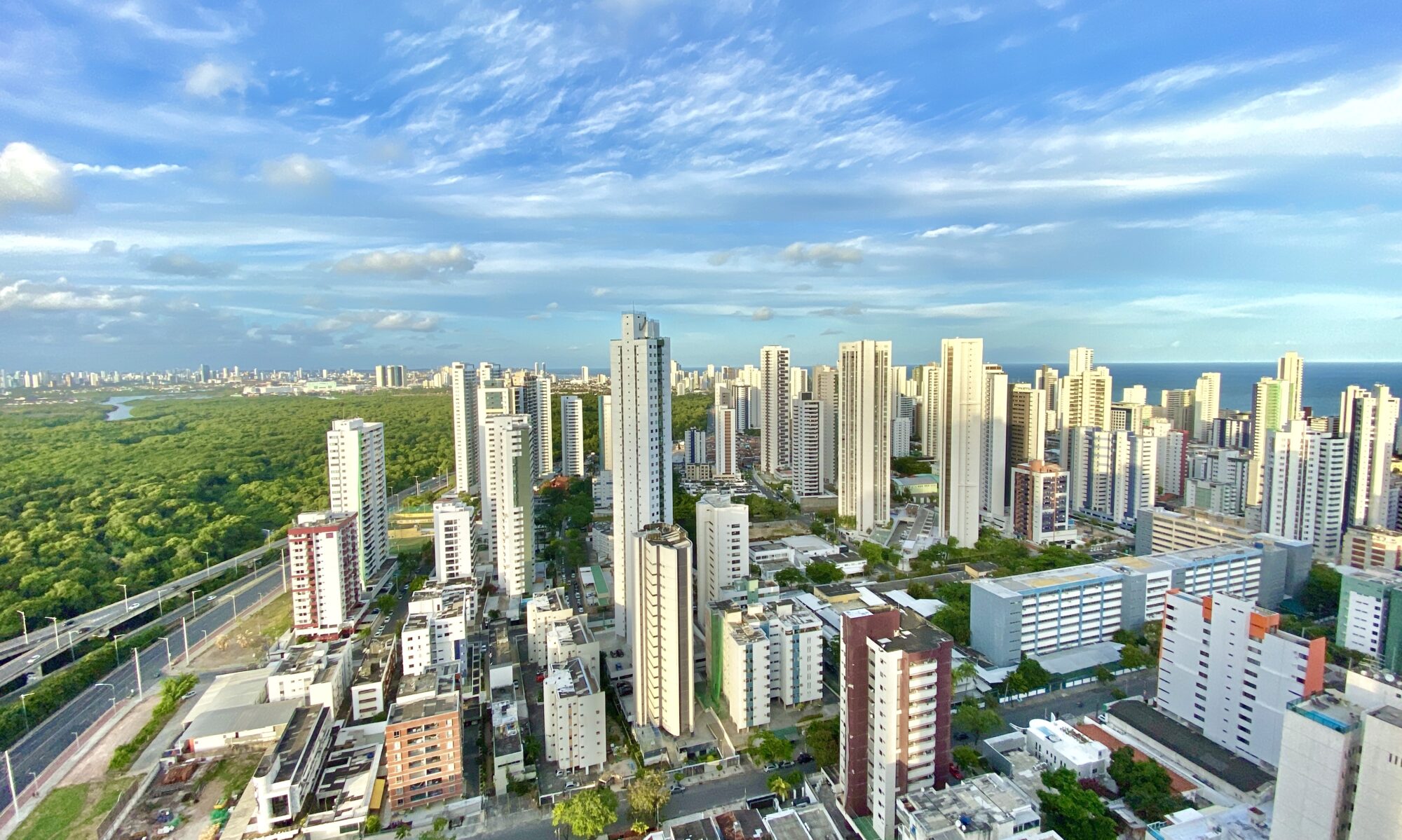The capital of Ceará possesses one of the largest and best equipped networks of hotels and restaurants in the North East Region of Brazil. The Jangada is a kind of symbol of the city and lobster is one of its most typical dishes. The city has a hot climate and affords a warm reception to visitors, attracted mainly by the beauty of its beaches. Beach Park at Ponta das Dunas is the largest beach aquatic park in South America. It is one of the most modern tourist centres in the North East, comprising an aquatic complex with waterbikes and other modern equipment for watersports.
Fortaleza is celebrated in verse and prose as the “blonde bride of the sun”. The sea shore, running the length of the city, has a variety of attractions. Iracema beach is a bohemian enclave, with dozens of all-night bars situated in buildings which still retain the architectural features of the turn of the century. Its biggest attractions are the Estoril, which houses restaurants and an exhibition gallery, and the Ponte dos Ingleses, from which beautiful sunsets can be observed.
Mention should also be made of Meireles, Volta da Jurema and Mucuripe beaches, connected to each other by the Avenida Beira-Mar. This avenue is lined by modern buildings, including hotels, bars and restaurants which serve local cuisine and delicious sea food dishes. It is also worth seeing the statue of Iracema, a tribute to the Indian lady who became the eponymous heroine of the book by Jose de Alencar, an important novelist from Ceará who took part in the Indianist movement in literature. There is also the colony of fishermen at Mucuripe, with their jangadas, and Futuro beach, full of stalls where you can dance forro, one of the traditional rhythms of the North East Region.
Also worth seeing is the José de Alencar Theatre, constructed in the nineteenth century, whose rich architecture and internal ironwork is a mixture of the neoclassical and art nouveau styles; the Museums of Railway History, the Automobile, Popular Art and Mineralogy; and the Central Market, where you can buy anything from lace clothing to liqueurs, cachaças and cashew nuts. Ceará is one of the main producers of lace, still largely a cottage industry


